
Ingredient
Fenugreek leaves
Aromatic Herbaceous Delight
Fenugreek leaves have a distinct flavor that is both bitter and sweet, with a hint of nuttiness. They have a slightly earthy and herbaceous taste, similar to celery or fennel. The leaves are small and delicate, with a textured surface. When cooked, they soften and release their aromatic oils, infusing the dish with their distinctive aroma.
Origins and history
Fenugreek has a long history of culinary and medicinal use, dating back thousands of years. It is native to the Mediterranean region and has been cultivated in various parts of the world. Fenugreek leaves are highly valued in Indian cuisine, where they are used in curries, dals, and vegetable dishes. They are also popular in Middle Eastern and Mediterranean cuisines, where they are used in salads, stews, and bread. In addition to its culinary uses, fenugreek has been used in traditional medicine for its potential health benefits.
Nutritional information
Fenugreek leaves are a good source of vitamins A and C, iron, and dietary fiber. They are low in calories and fat. The leaves also contain compounds that may have potential health benefits, such as reducing blood sugar levels and improving digestion. However, it is important to note that the leaves should be consumed in moderation due to their bitter taste and potential side effects in large quantities.
How to select
When selecting fenugreek leaves, look for fresh leaves that are vibrant green in color. Avoid leaves that are wilted, yellowed, or have any signs of discoloration. The leaves should have a strong aroma, indicating their freshness. If fresh leaves are not available, dried fenugreek leaves can be used as a substitute, although they have a slightly different flavor profile.
Storage recommendations
To prolong the freshness of fenugreek leaves, store them in the refrigerator. Wrap the leaves in a damp paper towel or place them in a perforated plastic bag to maintain moisture. Use the leaves within a few days for the best flavor. Alternatively, fenugreek leaves can be dried and stored in an airtight container for several months.
How to produce
Fenugreek leaves can be easily grown at home in a sunny spot with well-drained soil. Sow the seeds directly in the ground or in containers, and water regularly. The leaves can be harvested once they reach a suitable size, usually around 3-4 inches in length. Trim the leaves as needed, allowing the plant to continue growing.
Preparation tips
Fenugreek leaves are commonly used in Indian cuisine, where they are added to curries, dals, and vegetable dishes. They can also be used in Middle Eastern and Mediterranean cuisines, where they are added to salads, stews, and bread. Fenugreek leaves can be used fresh or dried, depending on the recipe.
Substitutions
Dried fenugreek leaves (kasuri methi) can be used as a substitute for fresh fenugreek leaves. However, the dried leaves have a more concentrated flavor, so they should be used in smaller quantities. If fresh or dried fenugreek leaves are not available, celery leaves or fennel fronds can be used as a substitute to add a similar herbaceous flavor to dishes.
Culinary uses
Fenugreek leaves are commonly used in Indian curries, dals, and vegetable dishes. They can also be added to soups, stews, and bread in Middle Eastern and Mediterranean cuisines. Additionally, fenugreek leaves can be used as a garnish for salads or as a flavoring agent in spice blends and marinades.
Availability
Fenugreek leaves are commonly available in India, the Middle East, and Mediterranean regions. They can be found in local markets, grocery stores, and specialty spice shops. Dried fenugreek leaves, also known as kasuri methi, are more widely available and can be found in many international grocery stores.
More ingredients from this category » Browse all

Salad burnet
The Refreshing Herb
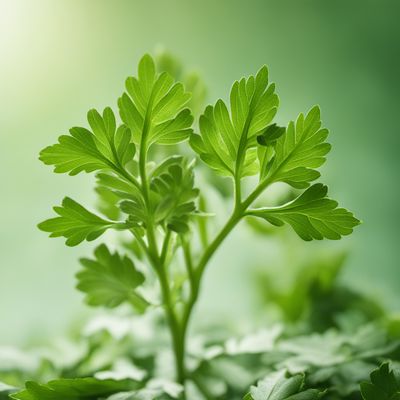
Lovage leaves
The Herbaceous Elixir
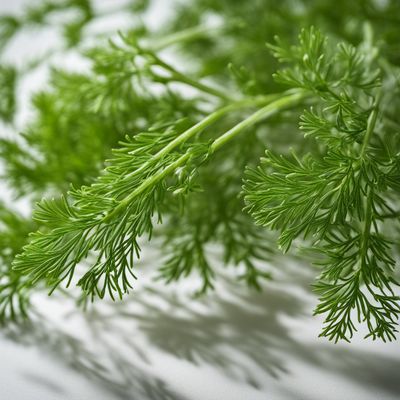
Dill leaves
The Delightful Herb: Dill Leaves
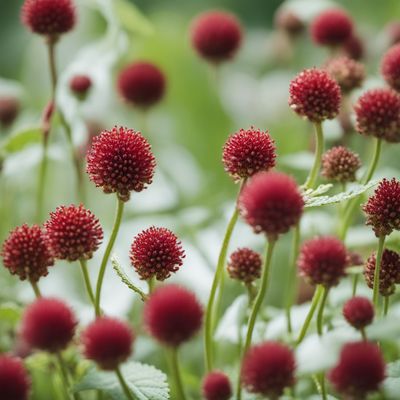
Burnet
The Herb of Coolness
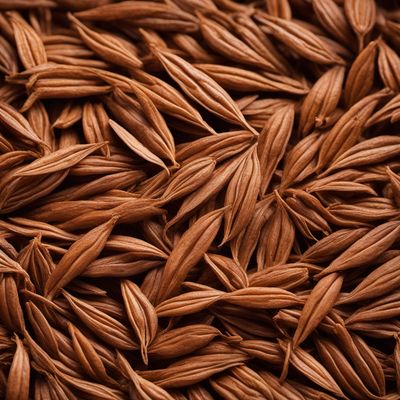
Caraway leaves
The Aromatic Herb: Unveiling the Secrets of Caraway Leaves

Sorrel
The Tangy Herb: Unveiling the Secrets of Sorrel
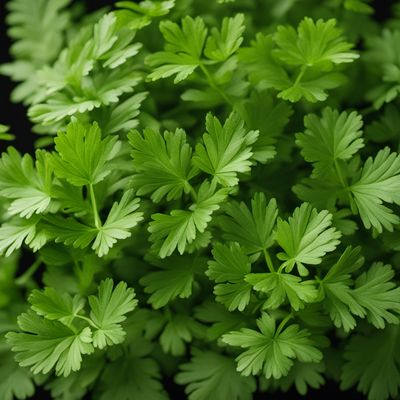
Coriander leaves
The Vibrant Herb: Unveiling the Magic of Coriander Leaves

Pimpernel
The Scarlet Beauty: Pimpernel's Vibrant Flavors
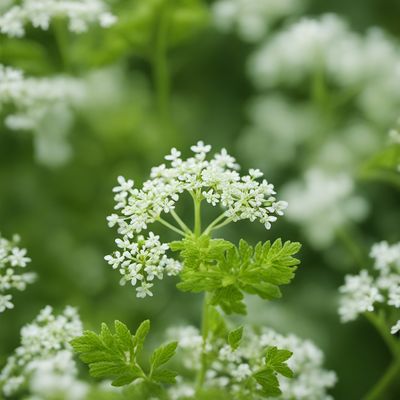
Sweet cicely
The Delicate Herb: Unveiling the Secrets of Sweet Cicely

Celery leaves
The Unsung Heroes: Exploring the Versatility of Celery Leaves
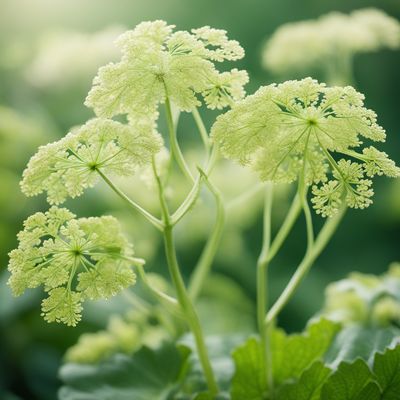
Angelica (leaves and stems)
The Heavenly Herb

Herb of grace
The Divine Herb: Unveiling the Secrets of Herb of Grace
Recipes using Fenugreek leaves » Browse all

Sabzi Kuku - Iranian Herb Frittata
Herb-Infused Delight: Sabzi Kuku - A Flavorful Iranian Herb Frittata

Crispy Anchovy Delight
Savory Circassian Anchovy Fritters

Crispy Fenugreek Fritters
Golden Delights: Crispy Fenugreek Fritters with a Cantonese Twist
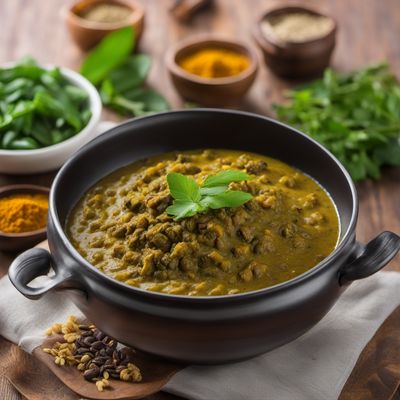
Goan-style Methi Kishmish Curry
Tangy and Spicy Goan Methi Kishmish Delight

Lahori-style Spiced Taralli
Lahori Spice Twist: Irresistible Taralli Bites
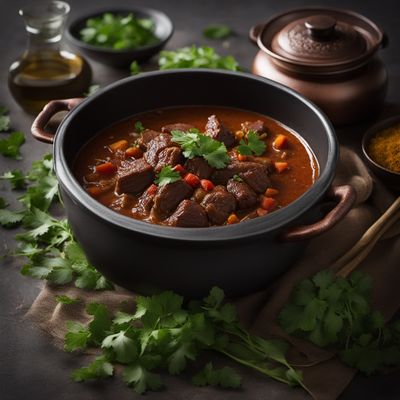
Yemeni-style Spiced Beef Stew
Savor the Warmth: Yemeni-inspired Spiced Beef Stew

Methi Kishmish Delight
Savory Sweetness: Methi Kishmish Delight

Spicy Fish Salad with Local Greens
Tangy Delight: Spiced Fish Salad with Northeastern Twist

Gujarati Muthia with a Twist
Savory Steamed Dumplings: A Gujarati Delight with a Modern Twist

Gundruk Curry
Savor the Tangy Delight: Gundruk Curry
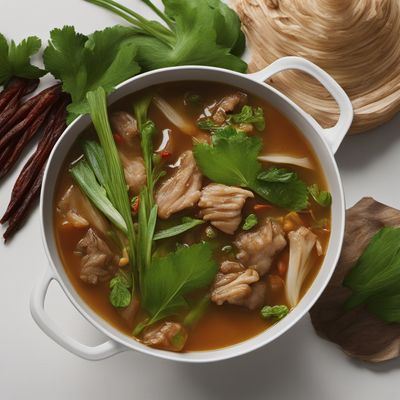
Caribbean Chinese Bouillon Brede
Savory Fusion: Caribbean Chinese Bouillon Brede

Authentic Thalipeeth Recipe
Savory Multigrain Pancakes: A Flavorful Delight from India